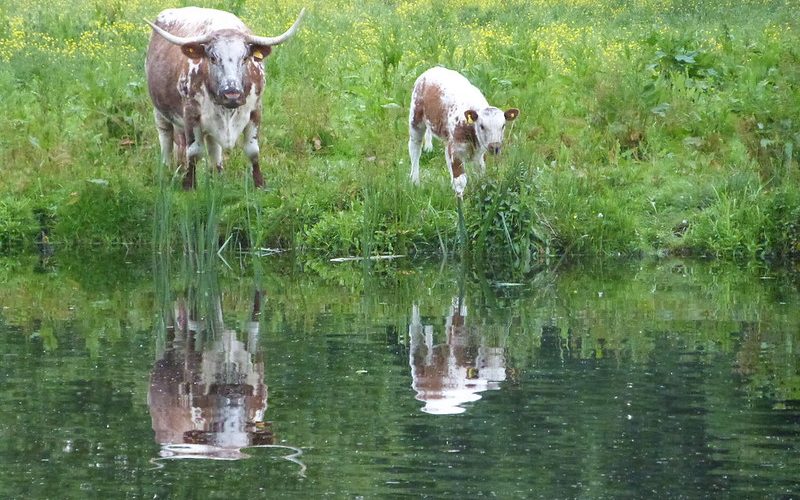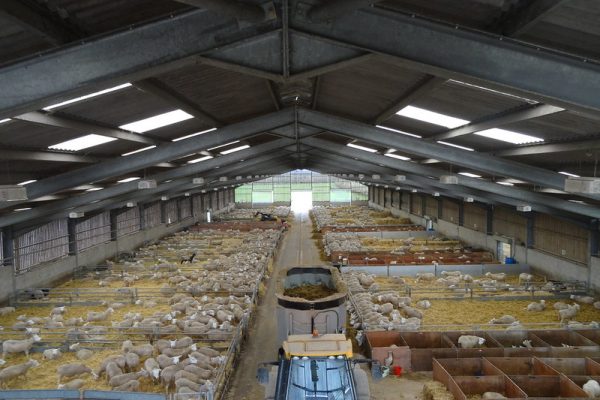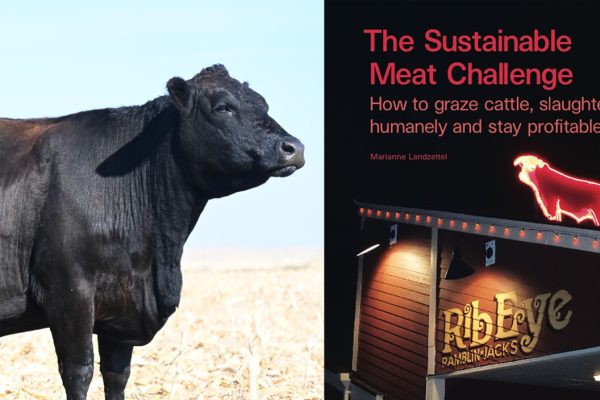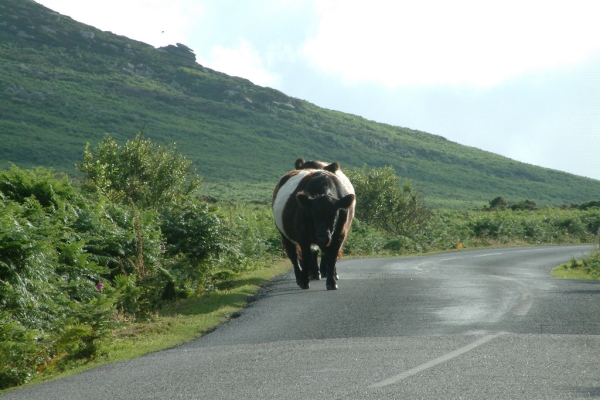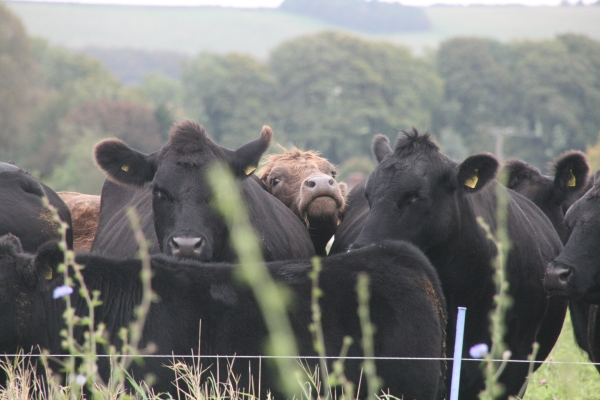RBST wants everyone to #GoNative this summer
Would you eat an endangered species? For most people the answer would be a horrified “no!” but in my work with the UK’s endangered farm livestock that’s exactly what I spend my time encouraging people to do. The UK’s native breeds played a huge part in developing our amazing agricultural heritage and they will be even more important for our farming future. These breeds provide genetic security, disease resistance and the ability to adapt in the future.
Since Rare Breeds Survival Trust (RBST)’s earliest years in the 1970s, when many of the iconic farm breeds were being sidelined by government incentives to keep larger, faster-growing animals, we have been shouting slogans like “eat it to keep it” – championing the flavour and health benefits that come from eating slow-grown, pasture-fed beef, lamb and mutton, and traditionally reared pedigree pork.

Gloucestershire Old Spots
#GoNative
Our latest push on social media is #GoNative, which caused a slight stir with some of our dedicated groups of volunteers, unsure of whether our CEO really knew the meaning of this phrase, and “should we really be plastering this all over our T-shirts?” But #GoNative is going places. Not everyone can keep rare breeds themselves, but a huge number are prepared to put one on their plate, or take advantage of the UK’s incredible range of sheep breeds by wearing one.
Many native sheep breeds have naturally coloured, or incredibly fine fleeces, which can be transformed by skilled crafts people into sophisticated clothing, or even into art. Getting hold of the fleeces of sheep from a single pedigree flock has been described as the hand spinners’ equivalent of buying a single cask whisky, and increasingly the word ‘terroir,’ traditionally applied to fine wine, is finding its way into descriptions of pedigree, pasture-fed lamb and beef which has lived its entire life on a particular farm.

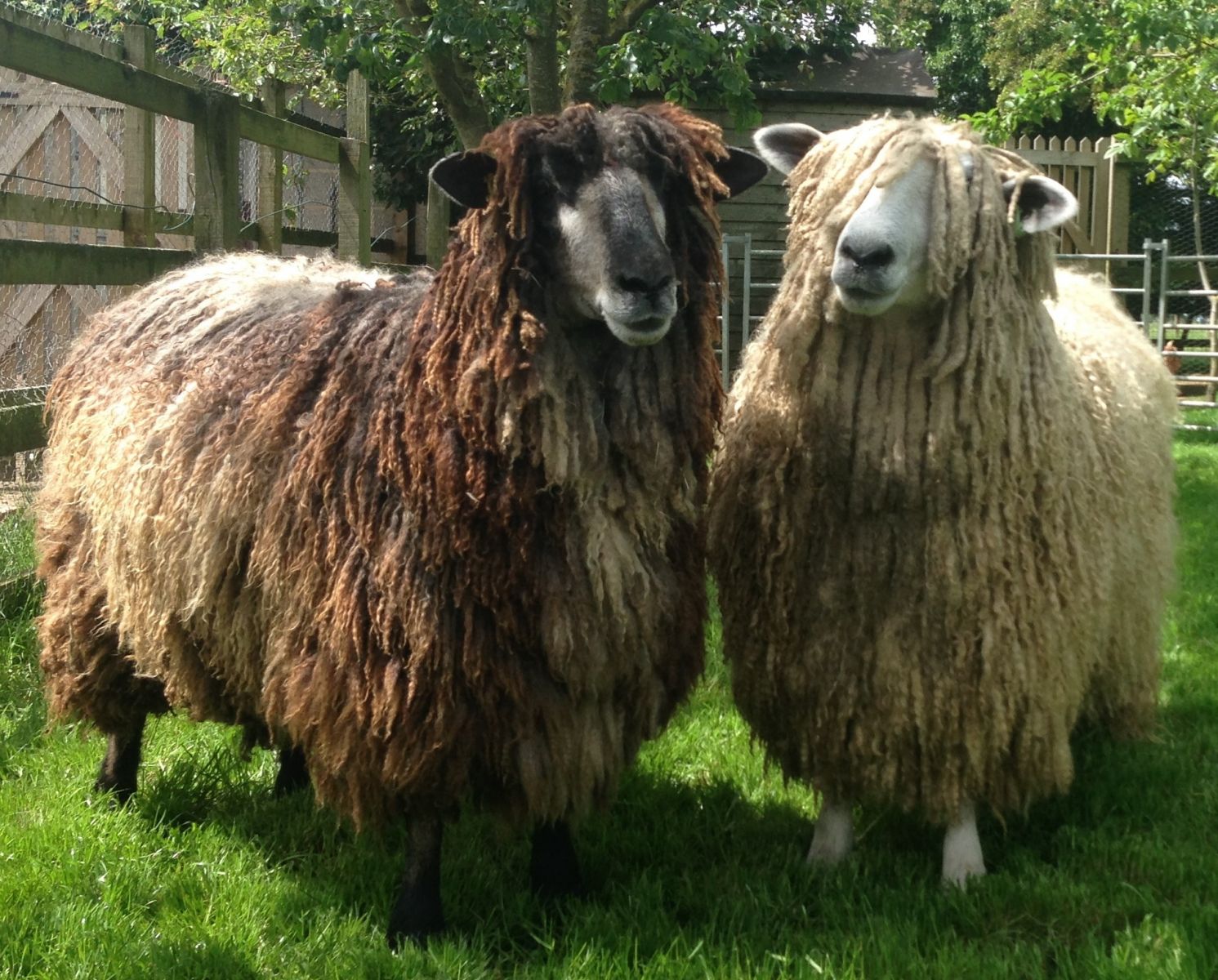

Castlemilk Moorits (Courtesy of Castlemilk Morrit Sheep Society), Leicester Longwools (courtesy of Leicester Longwool Sheep Breeders Association) & Shropshire Sheep (in descending order)
Protecting habitats and breeds
The UK has more distinct livestock breeds than any other country, perhaps owing to our remarkably diverse topography and climate. From the large, hardy breeds of Lincolnshire – the Lincoln Red cattle and Lincoln Longwool sheep, bred to withstand the cold north winds and take advantage of good land with remarkable growth rates, to the ‘primitive’ sheep breeds of St Kilda, the Soay and Boreray, with very different breed histories, but the same ability to survive and breed in the harshest of environments.
The landscape of the UK has been shaped by the diversity of farming systems and livestock that have evolved here, and many of the wildlife habitats we hold most dear – hay meadows, wood pasture, limestone grasslands – are the product of traditional farming. Protection of these habitats should also celebrate high quality welfare and production, and we work hard through our grazing advice service to encourage the use, and ultimately consumption, of native breeds that graze conservation sites.
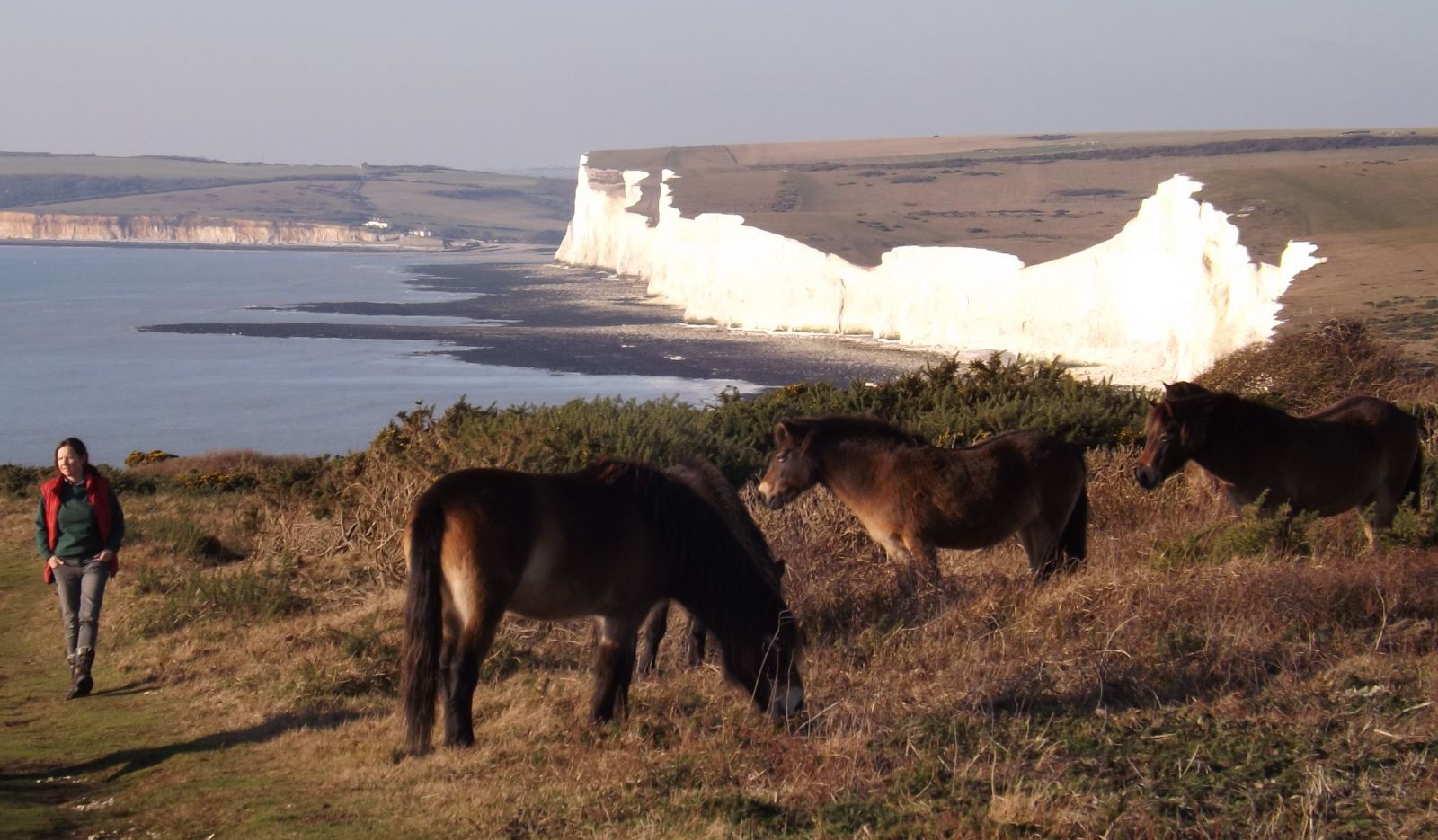
Exmoor ponies grazing chalk heathland
How you can help ensure their survival
To make sure these unique and special breeds have a secure future, we need your help. It may seem counter-intuitive, but eating rare breed meat is a great way to support a breed. When farmers breed livestock, there will always be animals that are not bred from. This might be because they have undesired characteristics or are simply surplus, for example half the calves born are male, and one male can mate with many females, so breeders do not need all those that are born. Instead, of being kept for breeding stock, they are kept and reared for meat. By buying and eating this meat, you are supporting breeders making it possible for them to keep our rare breeds alive.
How to help:
- Ask your local butcher if they have any rare of native breed meat. For a list of breeds, visit our Watchlist.
- Search BigBarn for your nearest rare and native breed producer.
- When you meet local breeders, in Support Groups, or at Shows, ask if they sell meat boxes.
If for any reason, you do not want to eat native breed meat, there are other ways you can help:
- Buy native breed wool or products.
- Buy native breed milk and cheese.
- If you keep livestock, why not add a native breed to your existing animals? Have a look at ‘Rare and Native breeds‘ to help you select the most appropriate breeds according to your farming system, farm business, and conservation goals.
- If you keep horses, consider a native breed in the future.
- Donate to RBST.
- Join RBST.
To find out more about our work and ways you can help, visit our website www.rbst.org.uk
Ruth Dalton is Northern Field Officer for the RBST. She writes:
“I have a rural background, studied zoology at Edinburgh University and undertook a Masters degree in Biology before becoming a Project Officer with Cumbria Wildlife Trust. An interest in farming and conservation then led to a two-year apprenticeship in conservation grazing and I am now Northern Field Officer at RBST. I have a passion for our countryside, food and farming, if we don’t look to protect the countryside we will lose it forever. I in Cumbria where I keep Wiltshire Horn sheep, Shetland cattle and Fell ponies on a 40-acre piece of hill ground close to Kendal.”
Learn more:
For some insights on Agricology into farming with rare or native breeds and potential benefits, why not start with:
- ‘Turning sunshine into Sunday dinner: Musings from a ‘pasture fed’ Cotswold farmer’
- ‘Rearing beef cattle’
- ‘The Complementary Role of Sheep in Upland and Hill Areas’
(Editor’s Note)
Header image: Longhorn & calf with reflections, courtesy of Shugborough park farm. All photo credits not already mentioned: Rare Breeds Survival Trust.
